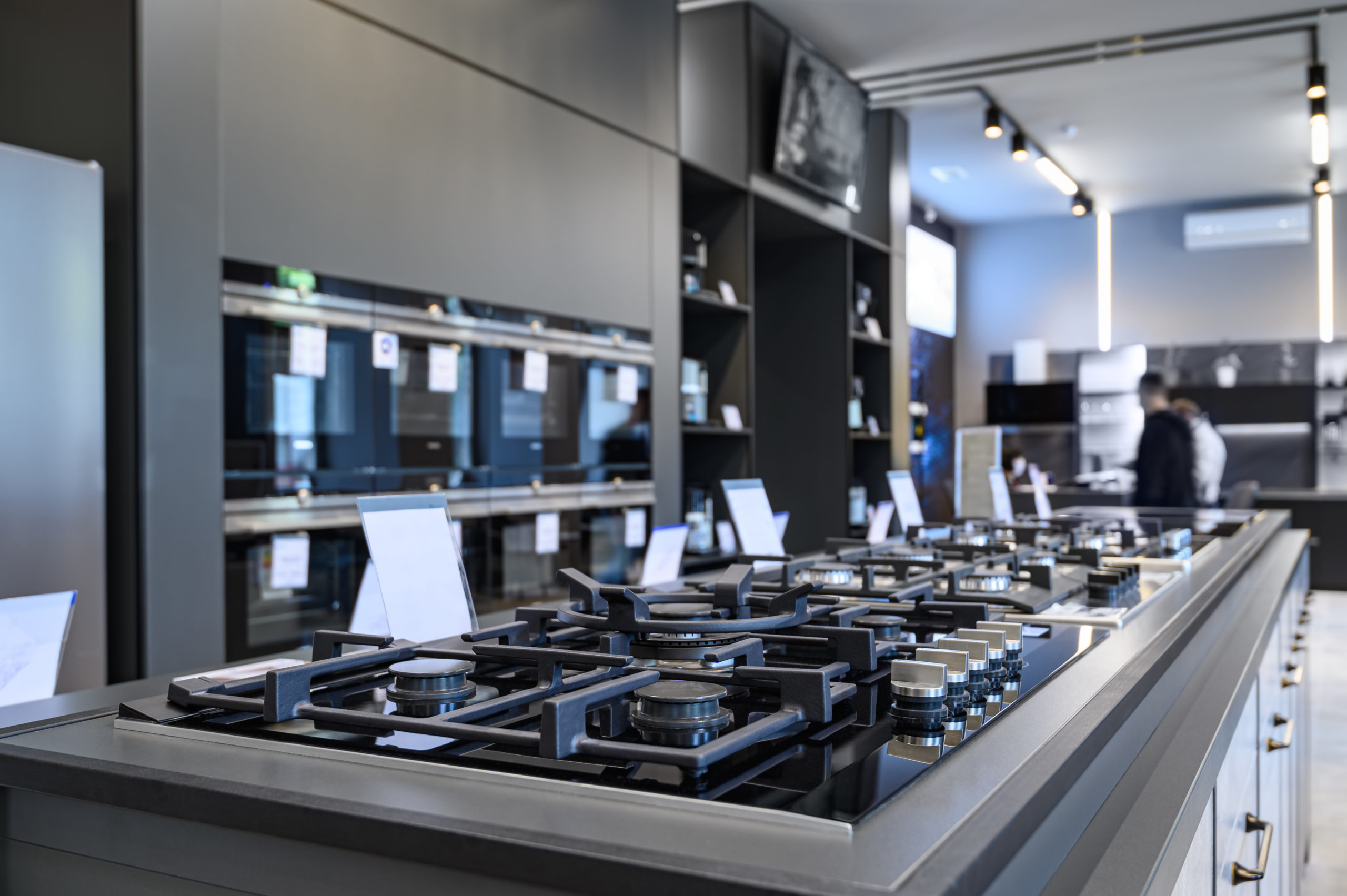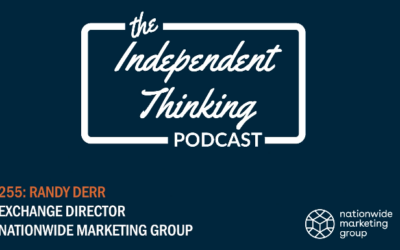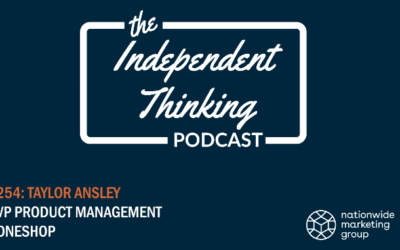It can be difficult to describe the current environment of the Home Appliance business when, on one hand, we’re seeing record sales at retail as demand continues to skyrocket, while on the other hand retailers are arguably facing some of the most difficult circumstances in history. They’re having to adjust to high demand while they continue to face challenges (and shortages) in labor, equipment, warehousing space. On, and not to mention the overall cost of doing business going up — just to name a few of the challenges.
Inventory shortages were the prominent setback we began to feel during this COVID era in early 2020. We’ve been adjusting ever since, but that was just the beginning as new headwinds would soon follow.
Back orders grew to the hundreds of thousands of units across multiple major suppliers, which mean retailers lost the ability to complete full kitchen packages. This led to more challenges in terms of storing inventory for longer periods of time and having to offer consumers loaner units until their order(s) came in. Both situations create their own sets of challenges. Storing inventory takes up valuable warehouse space and stresses the turn and cash position of the business. And loaners take up sellable inventory while also needing to be tracked, returned, and re-sold as B-stock all costing additional money into the sale when an item is not available.
Inflation began to ripple through the Home Appliance business as well, which could be seen as a positive and a negative. Price increases were implemented broadly throughout the appliance business as each major supplier announced theirs and, in some cases, multiple increases took hold. On average, we saw increases range between 3-8% depending on the category. Looking at inflation through a positive lens, it offers higher top line revenue growth and average sale value for the category, which can yield better margins if done properly. However, the timing and execution of implementing price increases from the vendor had its effects on existing inventory in the channel — both on-hand and pre-sold — which did create challenges for retailers to navigate through.
Inventory and inflation are just a portion of what’s occurring at retail right now in terms of all the adjustments being made. The cost of doing business has drastically gone up as well, which can be attributed to higher labor and transportation costs at the local level. Labor rates to hire and/or retain have gone up more than 40% (or higher) as retailers are having to pay more to keep their staff and attract new talent. Wages are on the rise as the entire country begins to reopen and compete for hiring new staff. Complimentary to higher labor costs, we’ve seen an increase in transportation costs as delivery trucks make multiple trips to consumers’ homes to deliver back-ordered product. Equipment — including delivery trucks and warehouse supplies — has also seen price hikes and, in some cases, are in high demand and hard to locate. Much like the used car industry, we’re seeing a much higher rate being paid for new and used equipment, all of which are needed to keep up with demand.
So, what does this all mean for the balance of the year and into 2022?
Well, I remain somewhat optimistic. I believe the appliance business will continue to grow and remain in a high demand state well into 2022. The existing backlog will take some time to clear out but is only as good as the supply chain, which will be in a recovery phase for months to come. In addition, consumers will continue to invest in their homes with the kitchen taking a high priority, helping fuel appliance sales as well as a strong housing market ahead.
This article was first published in the September 2021 issue of Retail Observer.




